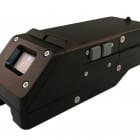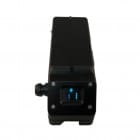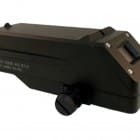
The patented Stratus Tactical Plate is a weapon retention device for AR patten weapons. It replaces the standard lower receiver extension plate and integrates a low profile knuckle. It’s machined from billet T6 6061 aluminum and available anodized in Flat Black & OD Green. Cerakoted in Olive Green, Earth/Tan & No Finish Aluminum.

The STP’s knuckle slips into the MOLLE Adaptive Plate which integrates a PALS compatible attachment at the rear. The MAP is offered in Black, OD and Tan.

The STP also integrates a slot for a QD sling adapter.




























































































































